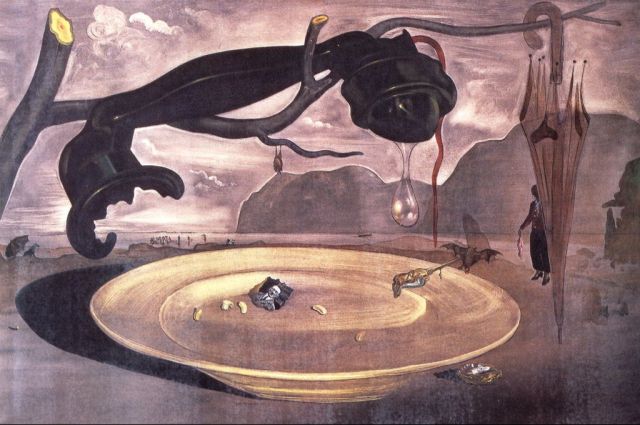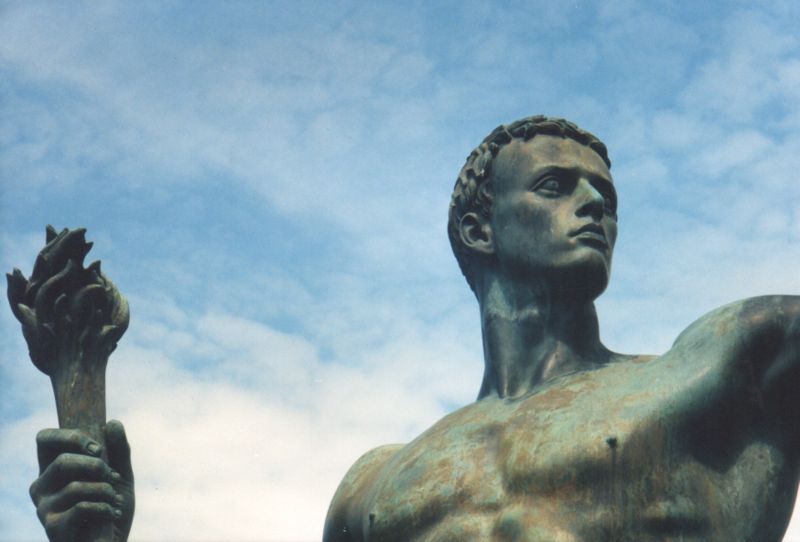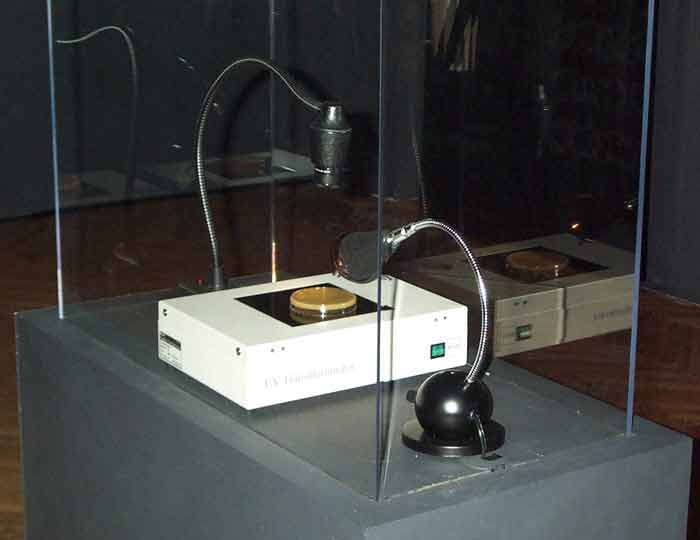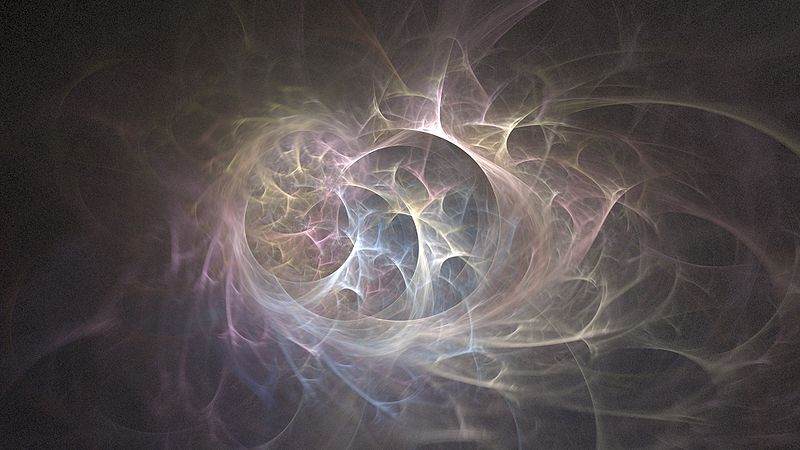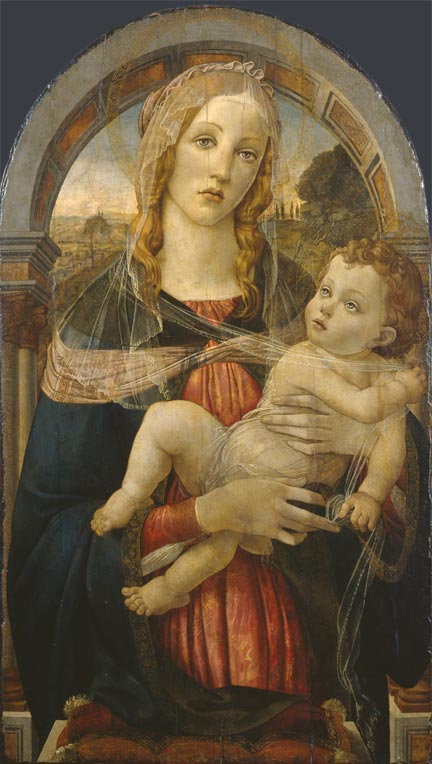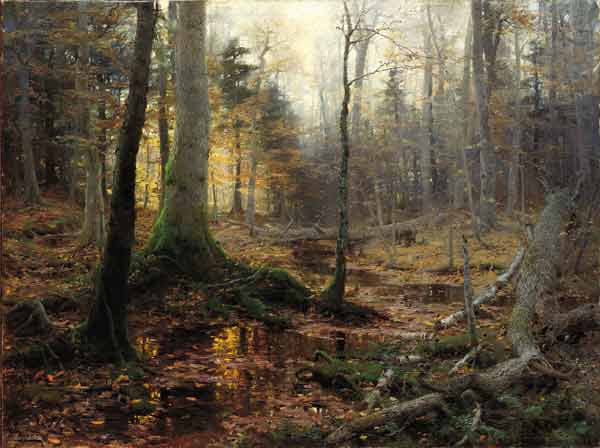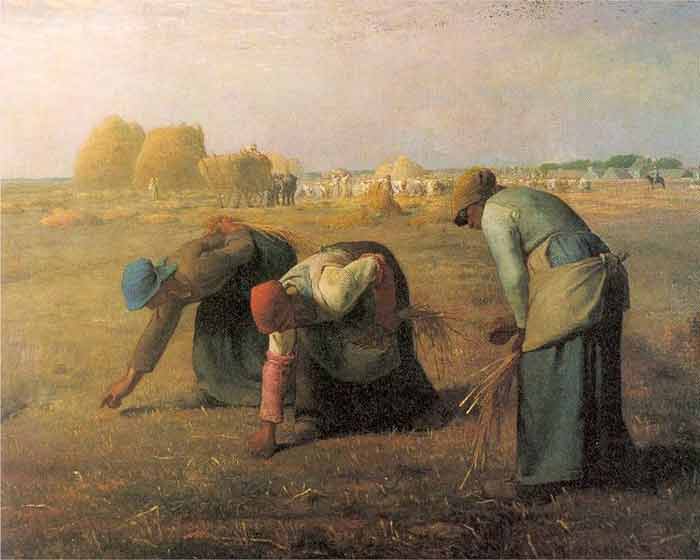On 15 Nov, 2010 With
BERLIN (REUTERS) – “Hitler and the Germans,” an exhibition in Berlin’s German Historical Museum which investigates the society that created Hitler, has seen more than 10,000 visitors walk through its doors since opening Friday. Rudolf Trabold, a spokesman for the museum, said there were 4,000 visitors to the exhibition on the first day alone. People visiting the exhibition said they had waited as long as 1-1/2 hours to get in. Ravi Nair, a 73-year-old Indian visitor, said: “I had to queue for about an hour but it was worth it. The exhibition should help people in democratic countries realize that their vote is very valuable.” Trabold said Hitler and the Germans was so popular because it was “the first exhibition…
Read More
On 6 Nov, 2010 With
The Art of the Third Reich, the officially approved art produced in Nazi Germany between 1933 and 1945, was characterized by a style ofRomantic realism based on classical models. While banning modern styles as degenerate, the Nazis promoted paintings and sculptures that were narrowly traditional in manner and that exalted the “blood and soil” values of racial purity, militarism, and obedience. Other popular themes for Nazi art were the Volk at work in the fields, a return to the simple virtues of Heimat (love of homeland), the manly virtues of the National Socialist struggle, and the lauding of the female activities of child bearing and raising (Kinder, Küche, Kirche). Similarly, music was expected to be tonal and free of jazz influence; films and plays were censored. Nazi art bears a close similarity to…
Read More
On 3 Nov, 2010 With
During Adolf Hitler’s childhood, academics were not his strong point. In grade school, Hitler’s grades in Mathematics, Science, History, German, and French were adequate at best and this greatly displeased his father, Alois Schickelgruber. However, in the early 1900s Adolf Hitler showed an interest in art and began to excel very quickly. Hitler’s average grades were good enough to get him accepted in a university preparatory “gymnasium” or the technical/scientific, Realschule. He chose Realschule because they offered a course in drawing. In 1906, Adolf was permitted to visit Vienna, but he was unable to gain admission to their prestigious art school. Nonetheless, this did not stop him from creating more works of art. Hitler went on to produce many drawings…
Read More
On 2 Nov, 2010 With
Heroic realism is a term which has sometimes been used to describe art used as propaganda. Examples include the Socialist realism style associated with Communist regimes, and the very similar art style associated with Fascism. Its characteristics are realism and the depiction of figures as ideal types or symbols, often with explicit rejection of modernism in art (as “bourgeois” or “degenerate”). Purposes Heroic realism designs were used to propagate the revolution in the Soviet Union during Lenin’s time. Lenin doubted that the illiterate population would understand what abstract visual images were intended to communicate. He also thought that artists, such as constructivists and productivists, may have had a hidden agenda against the government. Indeed, such movements as Cubism were denounced as bourgeois and criticized for failure to draw on…
Read More
On 20 Oct, 2010 With
New media art New media art is a genre that encompasses artworks created with new media technologies, including digital art, computer graphics, computer animation, virtual art, Internet art, interactive art technologies, computer robotics, and art as biotechnology. The term differentiates itself by its resulting cultural objects and social events, which can be seen in opposition to those deriving from old visual arts (i.e. traditional painting, sculpture, etc.) This concern with medium is a key feature of much contemporary art and indeed many art schools and major Universities now offer majors in “New Genres” or “New Media”. New Media Art often involves interaction between artist and observer. New Media concerns are often derived from the telecommunications, mass media and digital modes of delivery the artworks involve, with practices ranging from conceptual to virtual art, performance to installation.
Read More
On 16 Oct, 2010 With
Software art Software art refers to works of art where the creation of software, or concepts from software, play an important role; for example software applications which were created by artists and which were intended as artworks. As an artistic discipline software art has attained growing attention since the late 1990s. It is closely related to Internet art since it often relies on the Internet, most notably the World Wide Web, for dissemination and critical discussion of the works. Art festivals such as FILE Electronic Language International Festival (São Paulo),Transmediale (Berlin), Prix Ars Electronica (Linz) and readme (Moskow, Helsinki, Aarhus, Dortmund) have devoted considerable attention to the medium and through this have helped to bring software art to a wider audience of theorists and academics.
Read More
On 4 Oct, 2010 With
Young British Artists Young British Artists or YBAs (also referred to as Brit artists and Britart) is the name given to a group of conceptual artists, painters, sculptors and installation artists based in the United Kingdom, most (though not all) of whom attended Goldsmiths College in London. The term Young British Artists is derived from shows of that name staged at the Saatchi Gallery from 1992 onwards, which brought the artists to fame. It has become a historic term, as most of the YBAs are now in their forties. They are noted for “shock tactics”, use of throwaway materials and wild-living, and are (or were) associated with the Hoxton area of East London. They achieved considerable media coverage and dominated British art during the 1990s. Leading artists of the group…
Read More
On 27 Sep, 2010 With
Genuine fakes by Ben East Fakes and forgeries were once the embarrassment of the art world. No august gallery, no famous auction house is entirely free from the stain of a costly error of provenance. It was ever thus: one of the first acquisitions by the National Gallery in London was proudly unveiled in 1847 as a major painting by the 16th-century artist Hans Holbein. It was, they said, a purchase of “national significance”. But within weeks, doubt was cast on its authenticity, the attribution to Holbein was scrubbed and the gallery’s first director, Sir Charles Lock, resigned. Two centuries on, you’d forgive Lock a wry smile. Duped galleries and experts can now feel reassured that even if they do…
Read More
On 23 Sep, 2010 With
Naturalism Naturalism in art refers to the depiction of realistic objects in a natural setting. The Realism movement of the 19th century advocated naturalism in reaction to the stylized and idealized depictions of subjects in Romanticism, but many painters have adopted a similar approach over the centuries. One example of Naturalism is the artwork of American artist William Bliss Baker, whose landscape paintings are considered some of the best examples of the naturalist movement. Another example is the French Albert Charpin, from the Barbizon School,with his paintings of sheep in their natural settings. An important part of the naturalist movement was its Darwinian perspective of life and its view of the futility of man up against the forces of nature. Naturalism began in the…
Read More
On 16 Sep, 2010 With
The Barbizon school (circa 1830–1870) of painters is named after the village of Barbizon near Fontainebleau Forest, France, where the artists gathered. The Barbizon painters were part of a movement towards realism in art which arose in the context of the dominant Romantic Movement of the time. In 1824 the Salon de Paris exhibited works of John Constable. His rural scenes influenced some of the younger artists of the time, moving them to abandon formalism and to draw inspiration directly from nature. Natural scenes became the subjects of their paintings rather than mere backdrops to dramatic events. During the Revolutions of 1848 artists gathered at Barbizon to follow Constable’s ideas, making nature the subject of their paintings. One of them, Jean-François Millet, extended the idea from landscape to figures — peasant…
Read More


